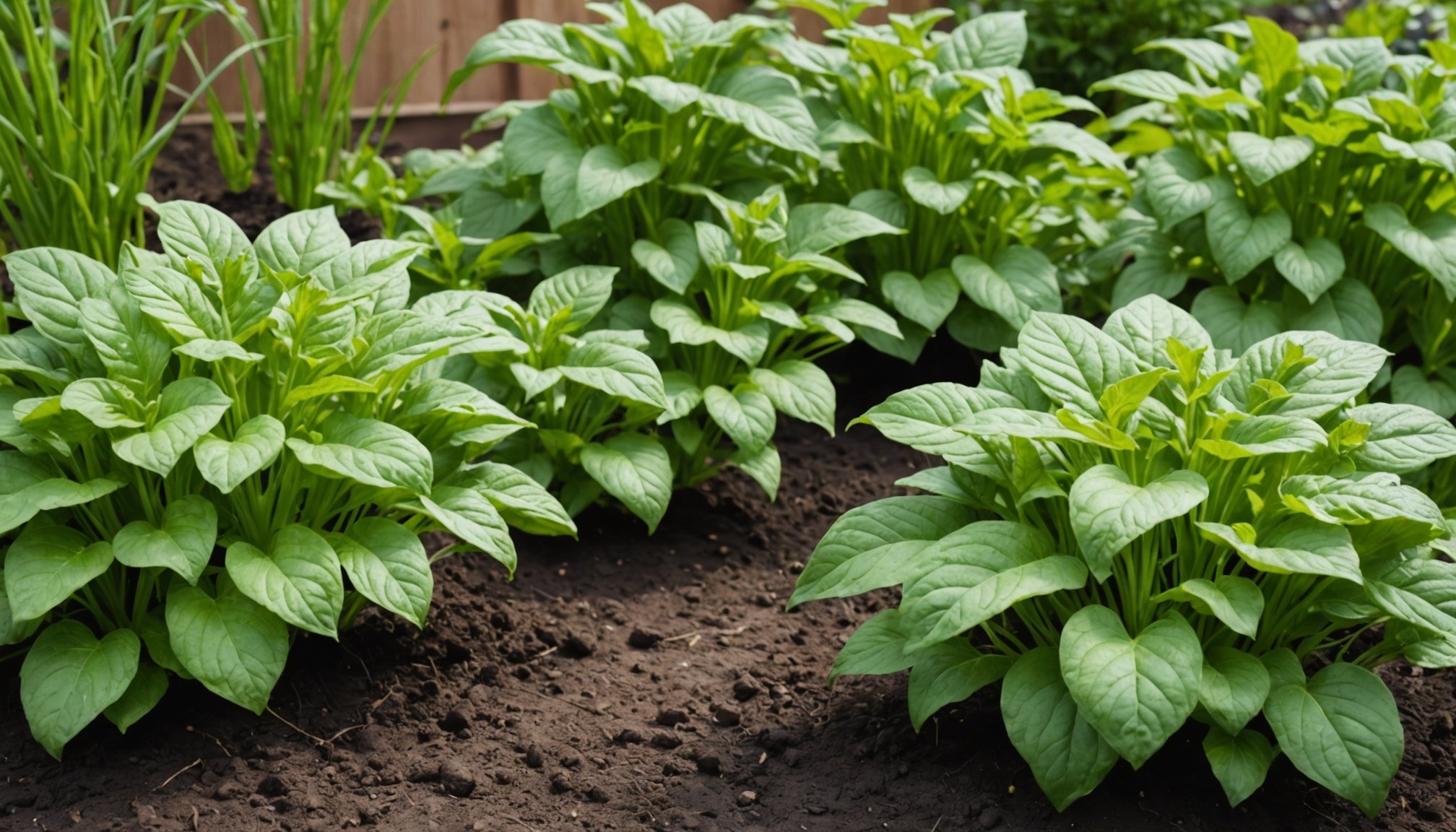Overview of Pest-Deterring Plants
In the realm of pest control, the integration of companion planting is an effective and environmentally-friendly solution for organic gardening. Managing pests in vegetable gardens is crucial to ensure bountiful harvests and healthy plants. By utilising plants that naturally deter pests, gardeners can reduce reliance on chemical pesticides.
The benefits of using pest-deterring plants are manifold. Firstly, they offer a natural method of pest control, promoting biodiversity and ecological balance. Secondly, these plants often attract beneficial insects that further assist in managing pests. Lastly, they can enhance the growth and flavour of vegetables, adding a multifaceted approach to organic gardening.
Topic to read : Transform Your Extended Hallway with Innovative, Energy-Efficient Lighting Solutions
The landscape of pest-deterring plants is diverse, comprising various categories that target specific pests. Aromatic herbs, for example, repel insects with their strong scents, while flowering plants can attract beneficial predators. Vegetables, like onions and garlic, release compounds that protect themselves and neighbouring plants. By carefully selecting a mix of these plants, gardeners can effectively mitigate pest issues while enriching the garden ecosystem. This holistic strategy aligns perfectly with organic gardening principles, ensuring a sustainable and harmonious garden environment.
Specific Pest-Deterring Plants
Incorporating specific plants in your garden can be a game-changer when it comes to effective pest repellents. Among these, marigolds stand out as a popular choice widely endorsed by gardeners for their pest-repelling prowess. Their natural capacity to deter nematodes, aphids, and whiteflies makes them invaluable. Marigolds thrive best in sunny spots with well-draining soil and are compatible with many vegetables, enhancing their growth conditions. Besides marigolds, enhancing your garden with basil brings both aromatic benefits and pest-repelling properties. Basil is especially effective against flies and mosquitoes. Plant it alongside tomatoes for a beneficial relationship, as they are both well-suited to similar growing conditions.
In the same genre : Eco-Friendly Techniques for Installing Low-Flow Showerheads in Historic Homes
Garlic is another robust addition to any pest management strategy. It releases sulphur-containing compounds that repel slugs, caterpillars, and aphids. Grow garlic in full sun and loose, fertile soil for optimal health, making it an adaptable companion to a range of vegetable crops. Lastly, lavender not only adds a lovely fragrance but also keeps moths, fleas, and flies at bay. Its flexibility makes it ideal for a variety of garden applications, contributing to the health of neighbouring crops. Embrace these diverse plants to fortify your garden’s natural defences.
Incorporating Pest-Deterring Plants into Your Garden
Integrating pest-deterring plants successfully into your garden requires a strategic approach to garden design and pest management. Start by considering effective planting strategies that incorporate these beneficial plants alongside your vegetables. Align them in such a way that maximises their pest-repelling potential, ensuring each plant has a supportive role in your garden ecosystem.
Planting layouts are crucial in achieving a harmonious balance. Arranging plants intentionally—such as cluster planting or companion rows—can enhance their efficacy in deterring unwanted pests while promoting healthier growth. For instance, placing basil alongside tomatoes not only enhances flavour but also keeps pesky insects at bay due to its aromatic properties.
Spacing considerations also come into play. Given that pest-deterring plants often require specific conditions to thrive, leaving sufficient space between them ensures they receive ample sunlight and air circulation, reducing potential disease spread.
Timing is another key factor. Align the planting and harvesting schedules of pest-deterring plants to coincide with the peak pest seasons. This synchronisation enhances their effectiveness, providing continuous protection throughout the growing period. Embrace these insights to create a robust, pest-resistant garden environment.
Maintenance and Care for Pest-Deterring Plants
Effectively managing pest-deterring plants involves understanding crucial gardening tips, focusing on best practices for maintaining healthy plant life. To start, proper watering and fertilization are vital. These plants typically thrive with consistent but not excessive watering. Ensuring soil drainage is key to preventing root rot. Opt for fertilizers compatible with organic gardening, such as compost or well-rotted manure, to provide nutrient support without harming the environment.
When caring for these plants, recognising signs of nutrient deficiency is essential. Indicators include yellowing leaves or stunted growth, often remedied by supplementing with a balanced organic fertilizer. Observing plant needs throughout the growth cycle is essential for optimal health.
Being vigilant about common pests and diseases impacting pest-deterring plants is equally important. Regularly inspect plants for signs of distress, like leaf discoloration or unusual spots, which necessitate quick responses. Applying preventative measures, such as mulching and crop rotation, can minimize disease risks.
Adapt your pest management techniques with the seasons to maintain plant efficacy. Seasonal changes influence plant growth and pest patterns. Adjust watering and protection measures accordingly, preparing plants for these shifts, and ensuring prolonged pest-repelling abilities across the year.
Real-Life Examples and Case Studies
Integrating pest-deterring plants into gardens can lead to remarkable gardening success. One real-world application comes from a community garden in Sheffield, where using companion planting drastically reduced pest infestations. Gardeners planted marigolds and basil among vegetables, seeing a noticeable decline in aphids and whiteflies. This local implementation showcases how strategic plant pairing can optimise pest management and reduce the need for pesticides.
In another instance from a home garden, deploying garlic and lavender effectively protected tomato crops from caterpillar attacks. Among the benefits, gardeners reported an increase in tomato yield and quality, demonstrating the practicality of these choices for home gardeners.
Community initiatives have also illustrated the practicality of these strategies. For example, a gardening club in Bristol hosted workshops showcasing these techniques, resulting in improved pest management across participating home gardens. Such shared learning environments emphasise the benefits and success of deploying pest-deterring plants.
Testimonials from these garden enthusiasts consistently highlight improved yields and enhanced plant health. By adopting these tailored pest management strategies, gardeners bolster their gardens against common pests while supporting a robust, sustainable growing environment.

